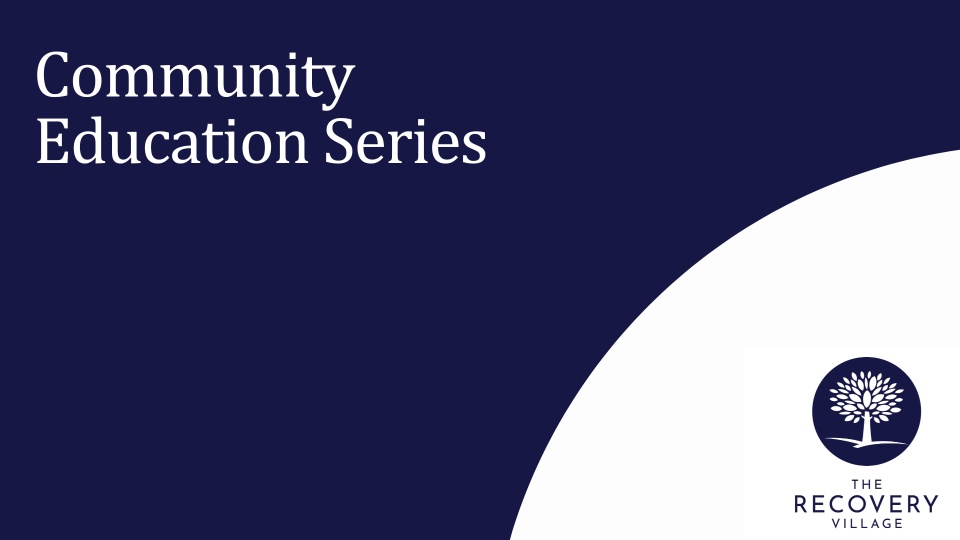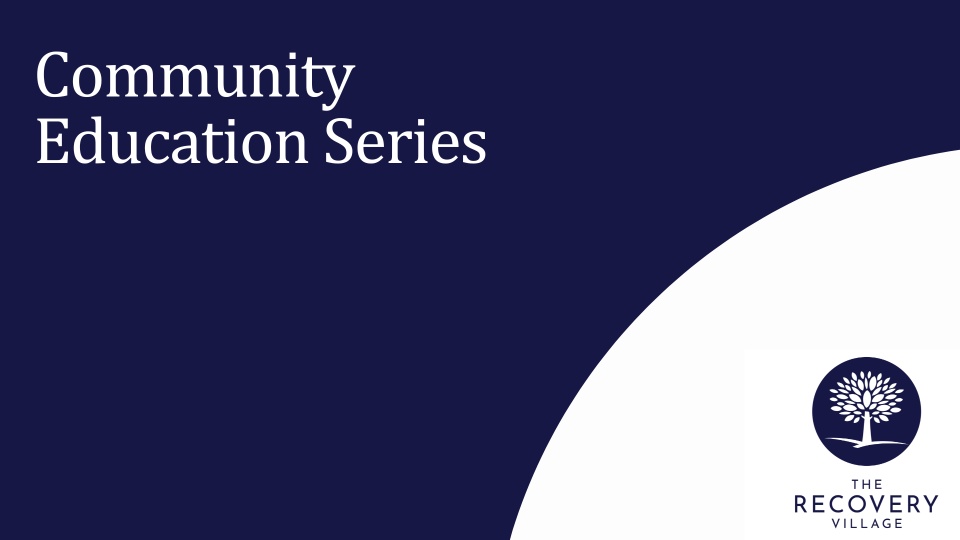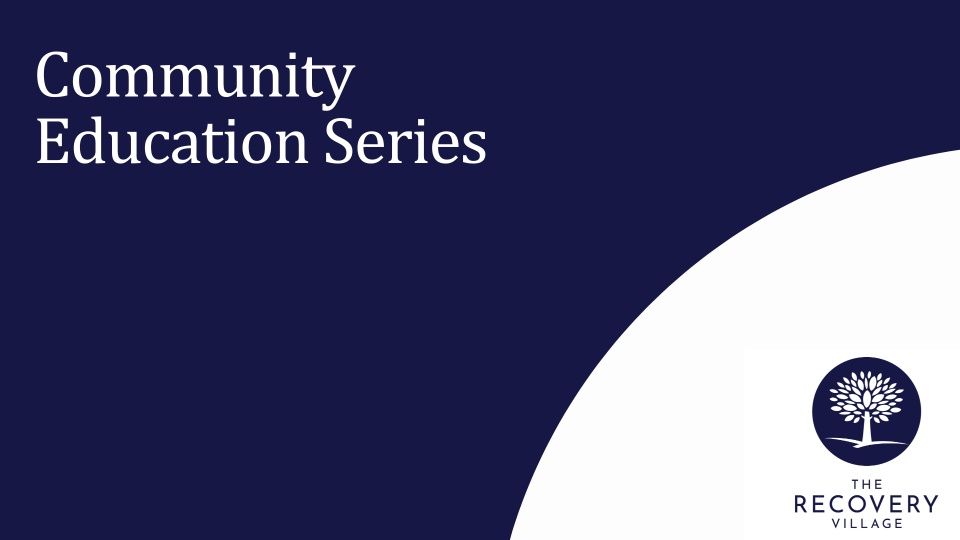Miss America 2020 winner Camille Schrier provides insight into the reality of addiction, the difficult nature of recovery and the many dangers that opioid drugs present.
Opioid Addiction in the United States
Estimated watch time: 31 mins
Available credits: none
Objectives and Summary:
Camille Schrier has a background in pharmacy and has used her platform as Miss America 2020 to spread awareness about substance misuse, prescription drug safety and the dangers of opioid drugs. In this community education webinar, Schrier walked viewers through an overview of how addiction and dependence occur, as well as addressed the many stigmas of addiction that countless individuals face.
After watching her presentation, the viewer will be able to:
- Gain a better understanding of the opioid epidemic in the United States
- Be able to differentiate between prescription and illicit opioids
- Learn about how potentially harmful opioid medication can be if taken improperly
- Understand the proactive tools that you should be taking advantage of if you or a loved one is taking an opioid prescription









